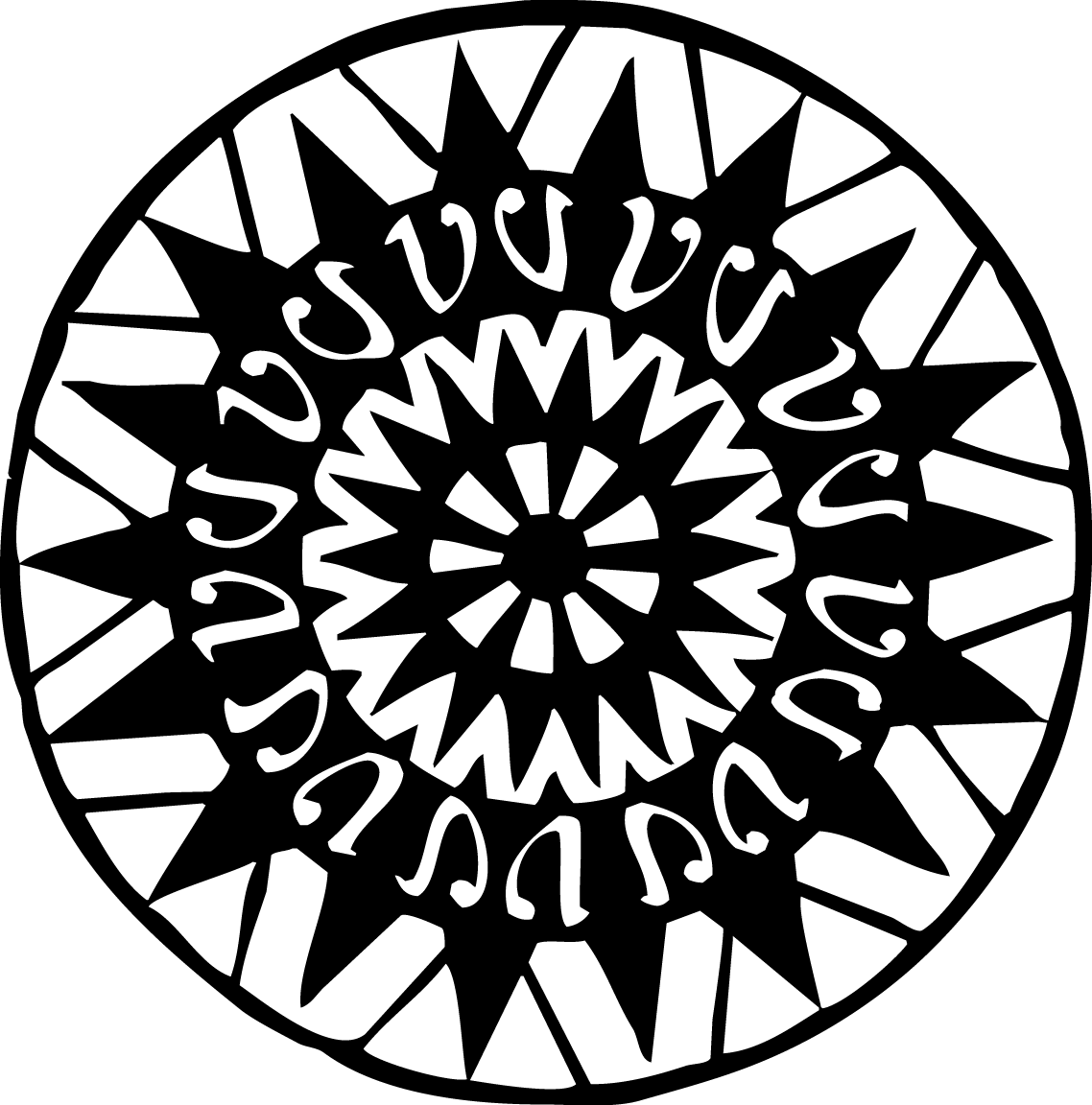When my father died I became the primary caregiver of a family member with Alzheimer's. It opened my world to a set of problems I'd never imagined. I learned a lot on my three-year journey with Alzheimer's and began advocating for those who have disabilities to have more of a voice. I refer to these topics as "Designing for the Fringe."
I've worked at agencies and start-ups for most of my 17-year-career. These types of companies are always encouraging you to think about your "target audience," but in my experience the target audience is often defined too narrowly. Innovation comes when we attack a set of problems from a different perspective. By expanding your typical target audience to include those who are on the fringe, you are able to get to innovation faster.

These articles highlight people who are looking beyond the typical target audience to develop solutions that will help us all. After all, we'll all join the fringe at some point.
Discussing Designing for the Fringe on the 3D LILA Podcast.
The presentation and my notes from my portion of the presentation at South by Southwest (SXSW). My perspective was mostly focused on the utilitarian purpose fo 3D printed food -- particularly for those with Swallowing Disorders (Dysphagia).
Dysphagia is the medical term for the symptom of difficulty in swallowing. Dysphagia brings a major life change. Advancements in the word of 3D printing open the door for more people to enjoy nutritious, fresh food.
Updates on 3D Printed Food: Spam or Paté? You Decide at SXSW 2016.
A few notes about my submission to the Panel Picker for the 2016 SXSW Interactive festival.
A tiny home could make it easier for my mom to age near us (or for us to live near her).
The US transportation system falls short for the elderly. Understanding why can make it better.
The NEA focuses an entire issue on the arts and accessibility to celebrate the 25th anniversary of the Americans with Disabilities Act. *Swoon*
Stephanie Thomas is cur8able, curating clothing and lifestyle products that are accessible /smart/ stylish for people with disabilities.
A video game, Forget-Me-Knot, helps people understand what it is like to have Alzheimer's.
BrainDance is a collaborative project bringing together dance choreographers, neuroscientists, physicians, philosophers and people with Parkinson's disease to explore movement.
Despite multiple setbacks, Frida Kahlo did not live in the world of the disenfranchised. She lived as a goddess whose entire being is a work of art.
The dying process is messy. It’s hard on everyone. It’s confusing. It’s painful. It’s the beginning of your grief. Talking about it early will help the survivors cope.
How the blind watch movies, TV and play video games.
As your parents and loved ones grow older you start to notice subtle differences in the way they live their lives. These modifications generally come after something has happened.
Crisis Mappers Network, a large, active, international community of experts, practitioners, policymakers, technologists, researchers, journalists, scholars, hackers and skilled volunteers who are using technology, crowd-sourcing and crisis mapping to answer our humanitarian needs.
Through telepresence and a Segway-like robot, Beam helps those with disabilities see the world.
Personal experience helped a Boy Scout create a wearable to prevent Alzheimer's patients from wandering.
A 12-year-old makes a braille printer with Legos. In other unrelated news, I waste a lot of time watching TV.
Peter and Peregrine are advocating for children and engineers to work together to create solutions.
Neil Brandvold speaking on conflict journalism and what it's like to be a witness to culture changing moments.
I conducted a Workshop on Designing for the Fringe. Here are the ideas we brainstormed at this amazing conference.































AAC devices allow those with complex communication needs to communicate with the people important to them.